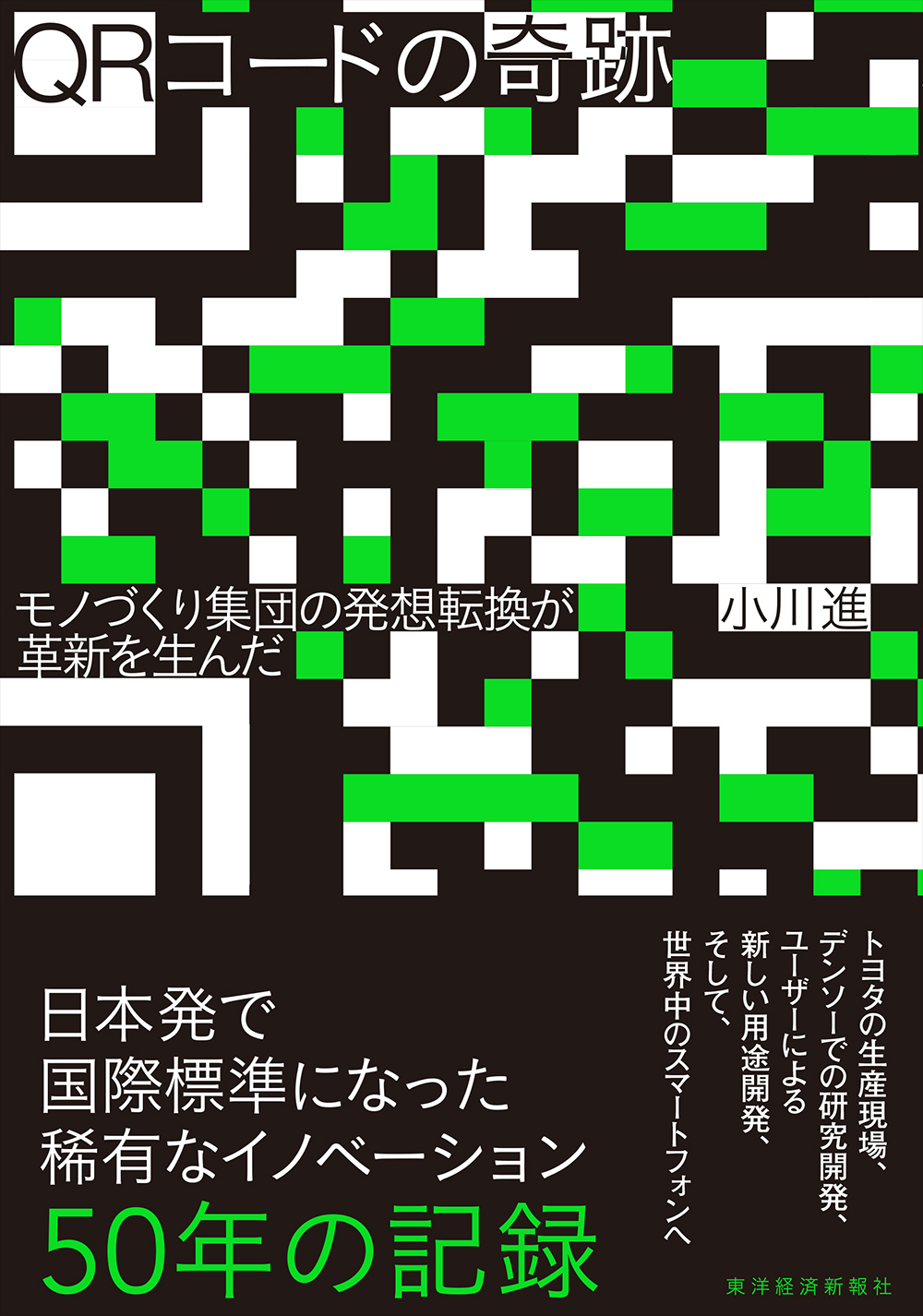The Miracle of QR Code
In the early 1970s, DENSO began researching and developing the QR Code to computerize the "Kanban" system at the Toyota production sites. Overcoming numerous technical barriers and protests from the worksite, they completed the QR Code in 1994.
After that, the development of the QR Code proceeded with a succession of changes in leadership, including peripheral technologies, international standardization efforts, open-source development, and the development of the field of use.
In the 2000s, users began to find new applications for the QR Code, and its use exploded with its adoption by 7-Eleven, cell phones, All Nippon Airways, bank ATMs, and platform doors at train stations.
It has numerous advantages over other codes, including an overwhelming 350 times more significant volume of information than barcodes, faster-reading speed (Quick Response) and error avoidance, higher security, a smaller area, and greater design freedom. It is also available in many languages and is now used as the primary means of electronic payment in China.
Based on interviews with the people involved, this book deciphers the story of the QR Code up to the present day. The book also describes the QR Code as a rare example of innovation from Japan, which simultaneously implemented the Toyota Production System, scrum-based development, ambidextrous management, user innovation, and more.
Click here for inquiries regarding book rights
Overview
This book traces the path of the QR Code innovation.
Table of Contents
Chapter 2: Development: From Speculation to Practice
Chapter 3: Standardization: From a Single Domestic Industry to Multiple International Industries
Chapter 4: Evolution - Not Only for Business Users but also for Consumers
Conclusion: Thinking about Management through QR Codes: Where the God of Innovation Dwells
Author Profile
Susumu Ogawa is a professor at the Graduate School of Business Administration, Kobe University, and an MIT Research Affiliate.
Born in Hyogo Prefecture in 1964, he graduated from the School of Business Administration, Kobe University in 1987.He received his Ph.D. from MIT Sloan School of Management in 1998 and has been in his current position since 2003. His research areas include innovation, management strategy, and marketing.
His major publications are " The Generation Logic of Innovation" and " Marketing for Beginners" (both published by Chikura Shobo), "Competitive Co-Creation Theory" (Hakuto Shobo), and "User Innovation" (Toyo Keizai Inc.).
In English, he is co-author with Frank Piller of "Reducing the Risks of New Product Development" and co-author with Eric von Hippel and others of "The Age of the Consumer-Innovator" (both in MIT Sloan Management Review).He is internationally recognized for his research on user innovation.
He has received the Organization Society Takamiya Award (2001), the Yoshida Hideo Research Grant Award (2011, runner-up), and the Takahashi Kamekichi Memorial Award (2012, outstanding work), among others.
(Information is current at the time of publishing.)

